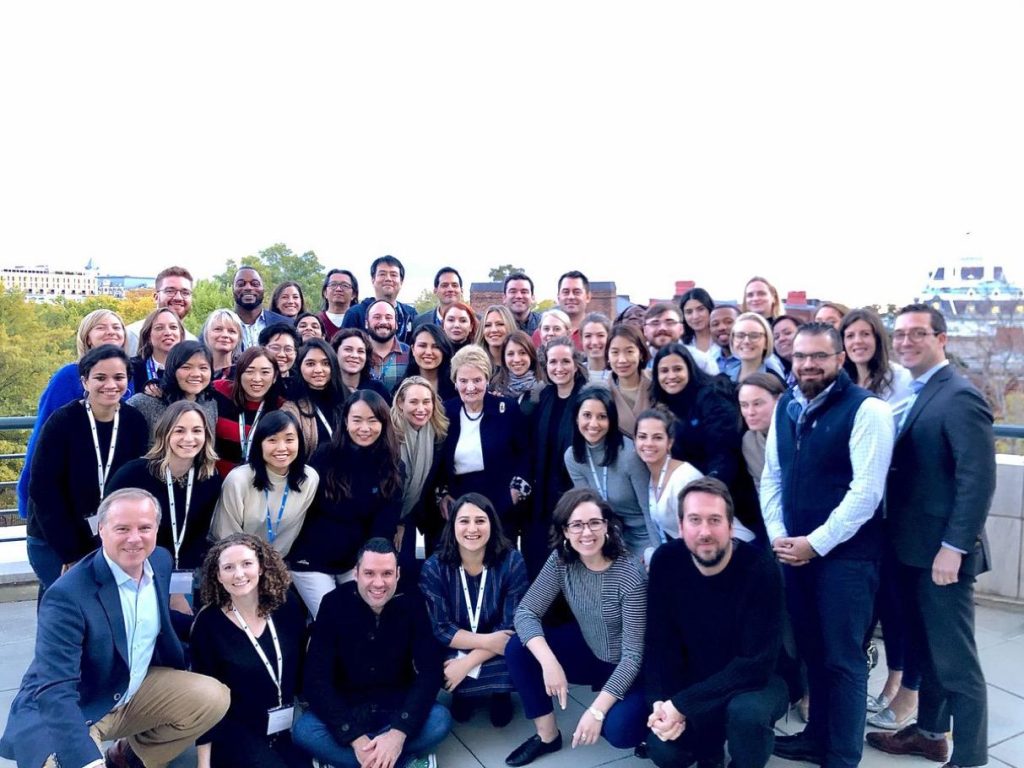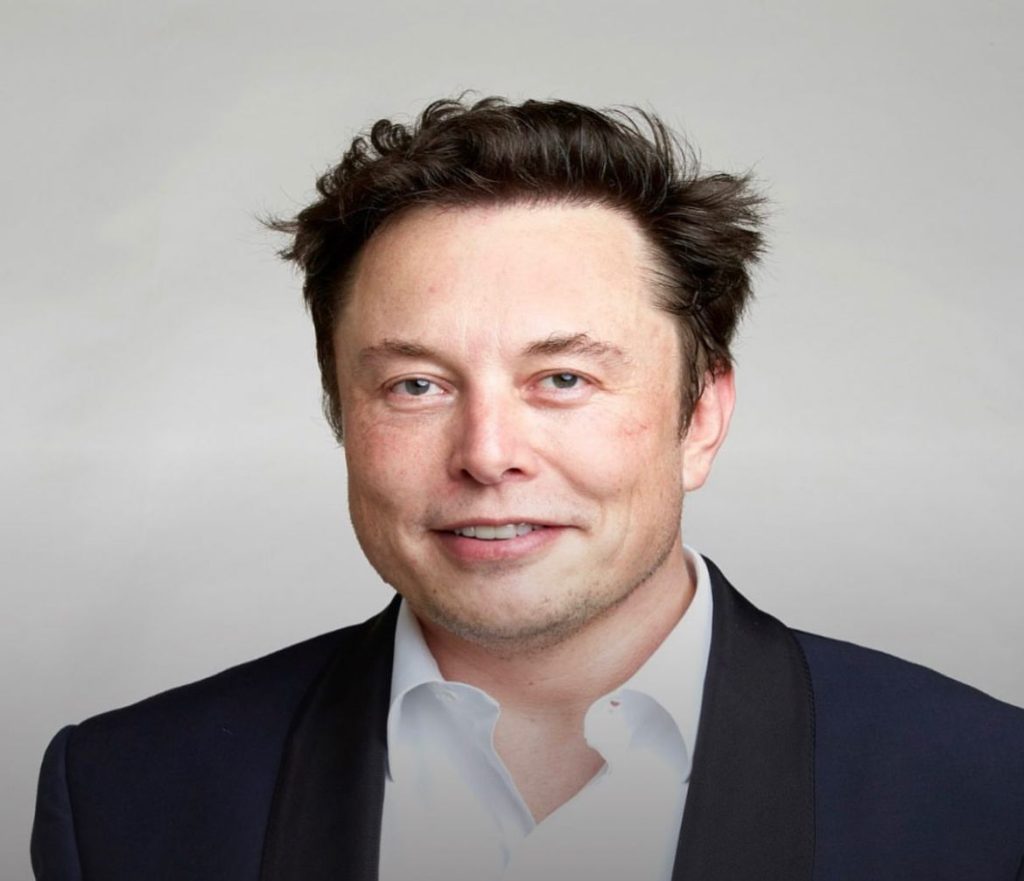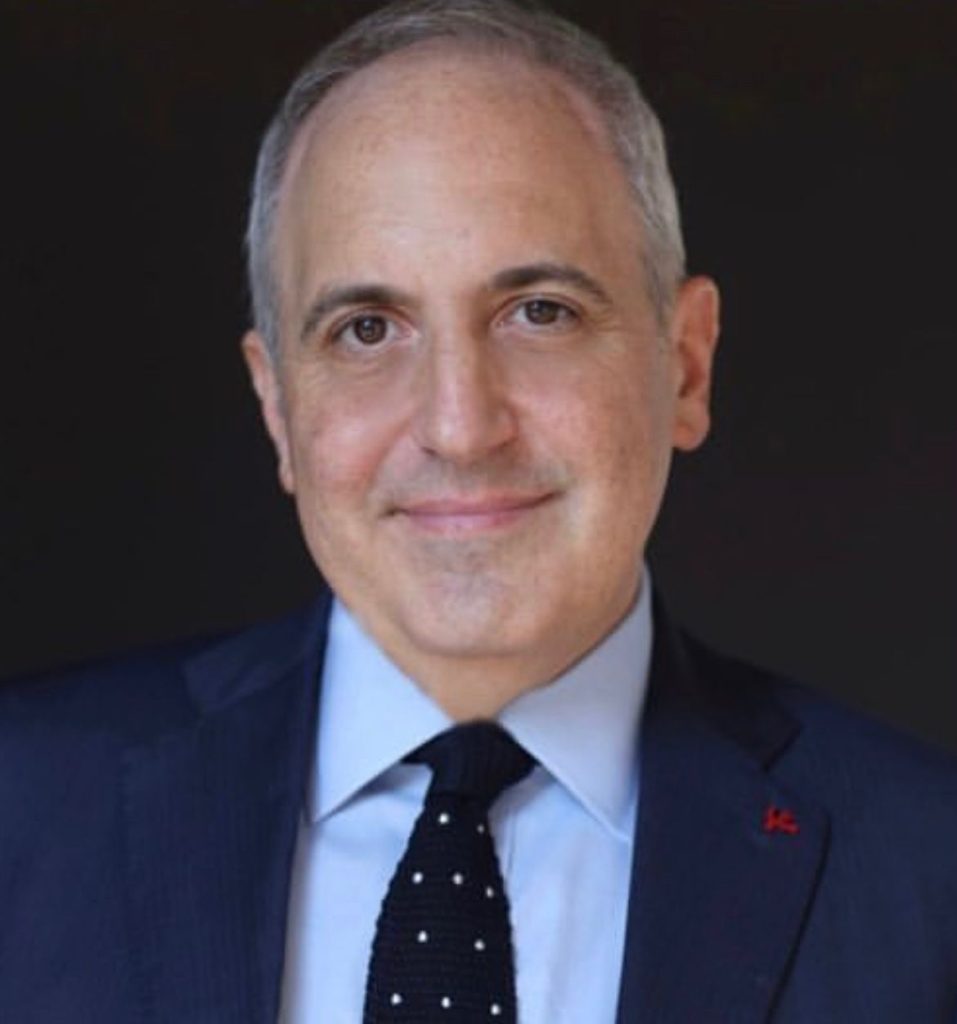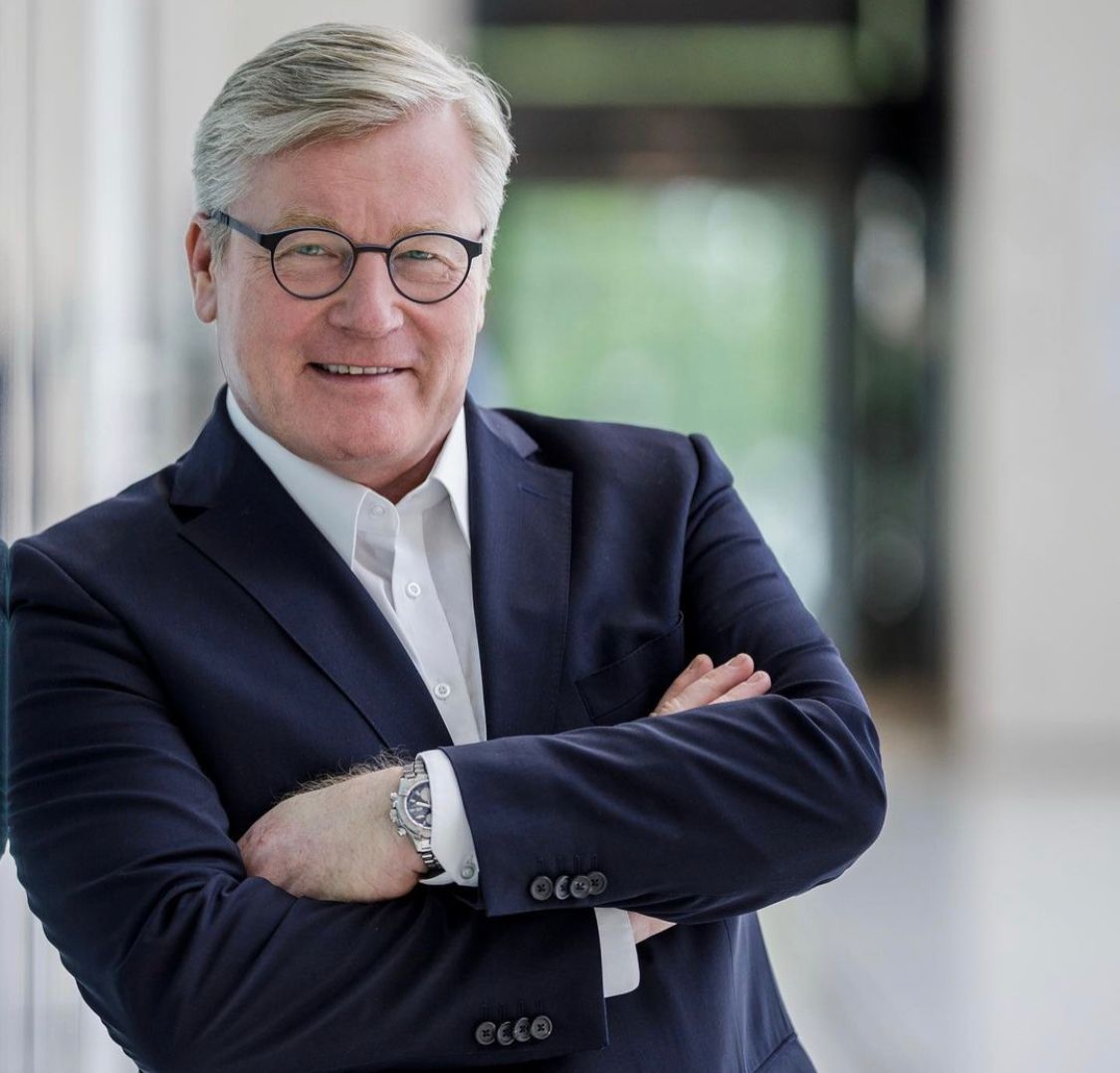
More about our process
All of our strategies—more than three dozen across the foundation—have emerged through this process of identifying what we want to accomplish for people and where we can have the greatest impact.
The issues we engage in are wildly disparate, but they share the characteristics of being deeply rooted, dynamic, and complex. None will be solved easily and quickly, and none will be solved through our efforts alone.
Once we commit to an area of need, we define our major goals and identify a clear path to achieving them.
How we collaborate with grantees
We do all of our work with grantees and other partners, who with our funding push for new solutions and harness the transformative power of science and technology. We strive to engage with our grantees and partners in a spirit of trust, candid communication, and transparency. Our collective efforts also depend on the support and resources of governments, the private sector, communities, and individuals.
How we execute strategy
In each of our divisions, we develop goals and strategies before allocating resources and making investments. We continually collect and share data on our progress, reflect on lessons learned, and make course corrections as needed. Essential to this process is ongoing dialogue with our grantees and partners—which is embedded throughout our strategy lifecycle.
At this stage of the foundation’s growth, our divisions and strategies are already in place. We reflect on and review each strategy annually and make adjustments to our implementation plan toward achieving our goals.

How we develop grants to fund
Within each strategy, which has an allocation of resources, we collaborate with grantee and partner organizations to develop proposals that align with our strategic priorities and the organization’s focus and capabilities. An important part of this process is reaching agreement on what success will look like for the investment.
We use a standard four-phase process to develop all of our grants and contracts. The duration of each phase depends on the complexity of the project as well as the capacity and geographic location of the prospective partner.
Phase 1: Concept Development. Our program officers are experts in their field. They work to identify ideas that support our strategic priorities, in consultation with foundation colleagues, researchers, policymakers, and other partners in the field. This phase concludes with an internal decision that a concept is aligned to a strategy, and we should proceed with development work.
Phase 2: Pre-Proposal. We use a variety of ways to explore and refine concepts, with the help of organizations in the field. Regardless of the approach, we remain committed to understanding the perspective of others, in order to further shape the proposed body of work. This phase ends with the decision to solicit a grant or contract proposal.
- Direct solicitation. When we know that an organization is well-suited to perform the work, we directly solicit an early phase concept memo or proposal.
- Discussion. In some cases, we invite one or more organizations to discuss the concept with us and explore their interest and their capacity to undertake the work. If the organization has the expertise, capacity, and interest, we will invite them to submit a concept memo or proposal.
- Request for proposal (RFP): When we want to broaden our network or fund multiple organizations for a project, we may issue an RFP. Public RFPs are posted on our website; private RFPs are directed to specific organizations.
Phase 3: Investment Development. We give applicants guidelines and templates for developing a proposal and a budget. A program officer reviews submitted materials with internal and, at times, external experts and works with the applicant to integrate recommended changes. We also complete our due diligence, confirm the applicant organization’s tax status, determine how to structure the transaction, and assess risk. Our legal and financial analysis teams may also participate during this phase.
Investment proposals are reviewed at various levels, with more levels of review for grants and contracts that are more complex. A foundation executive makes the final decision about whether to fund the proposed grant or contract. Before funded activities can commence, the foundation and the partner organization sign an agreement that includes intended results, targets, milestones or reporting deliverables, and a payment schedule.
Phase 4: Management and Close. During the life of an investment, the program officer and grantee or partner discuss how they will work together and keep in close communication to understand progress and challenges of ongoing work. By maintaining quality interactions and clear and consistent communication, they are able to share feedback early and often. Occasionally a program officer or foundation staff member will participate on advisory committees, and occasionally take a seat on the board of the organization.
At the end of the project, the grantee or partner will work with the program officer to submit a final report that summarizes the results achieved and lessons learned.
How we approach grants’ financial planning and analysis
We structure grants in a way that makes sense from a financial perspective while also funding partners for the cost of delivering results, supported by open and honest dialogue about the resources required. As grant proposals are developed, we try to gain a complete and accurate understanding of the total cost to execute the project efficiently and effectively.
In order to expedite research and to develop sustainable research capacity, the Musk Foundation periodically reviews its funding model to universities and other research partners. It is important to us that our grantees understand our current funding model as it relates to the different approaches taken by other funders. Foundations have flexibility in accounting for facilities and administrative (F&A) or “indirect costs” as “direct costs,” unlike the federal government. For example, project management, lab charges, and data/IT charges that are related to a specific project are allowable as direct costs in a Musk Foundation grant. Thus, item by item analysis is required to accurately compare a Musk Foundation grant versus a grant funded by another entity. Details regarding our Grantee Indirect Cost Policy can be found here.

How we measure and evaluate results
From the outset of the grantmaking process, our experts, which consist of executive leadership, directors, and program officers, work with grantees and other partners to define the overall results we hope to achieve, and the data needed to measure those results.
To give our partners flexibility in how they achieve results, we do not require them to report on all of their activities. Instead, we focus on purposefully measuring the most critical metrics of progress that support continued learning, adjustment, and alignment. However, the nature and frequency of measurement depends on the type of work. For example, scientific research projects may be measured differently than efforts to expand vaccine coverage.
Evaluation is another collaborative learning tool that provides us and our partners with feedback so we can improve, adjust, and decide how best to achieve outcomes. We work to ensure that our partners have the capacity and support to generate quality evidence.
Our foundation evaluation policy sets out parameters for evaluation and explains how and why we use evaluation and where variation is warranted. We acknowledge the ongoing debate about evaluation methods in many fields in which we work. We avoid one-size-fits-all prescriptions and strive to make selective, high-quality evaluation an integral part of how we carry out our work.
Vision & Mission
Vision Statement:
To ignite a multi-planetary future where humanity thrives through fearless innovation and united purpose.
Mission Statement:
We rally trailblazing partners to obliterate limits, ignite revolutionary breakthroughs, and conquer the impossible—propelling humanity to dominate Earth and colonize the cosmos.
Key Initiatives
The following initiatives drive our mission to transform humanity’s future through innovation and collaboration:
Tesla Technology
Advancing electric vehicles, battery storage, and sustainable transportation to accelerate the global transition to a clean energy future.
Neural Technology
Pioneering brain-computer interfaces to enhance human cognition, unlock new potential, and improve health outcomes for individuals across the globe.
Disaster Prevention & Relief
Developing cutting-edge solutions for disaster mitigation and rapid response, minimizing loss of life and accelerating recovery in the wake of natural and man-made disasters.
Renewable Energy & Solar
Accelerating the global transition to clean, renewable energy with innovative solar technologies, aiming to provide sustainable power for communities worldwide.
AI, Quantum Computing, & Robotics
Harnessing the power of artificial intelligence, quantum computing, and robotics to drive breakthroughs in science, engineering, and industry, solving some of humanity’s toughest challenges.
STEM Education & Science Research
Empowering the next generation of innovators through cutting-edge education in science, technology, engineering, and mathematics (STEM), and supporting research that advances human knowledge and capabilities.
SpaceX Explorations
Expanding humanity’s horizons by advancing space exploration technologies, with the goal of colonizing Mars and exploring the broader cosmos to ensure humanity’s long-term survival and prosperity.
Join Us on Our Journey
Are you ready to be part of a revolution that shapes the future of humanity? Together, we can break boundaries, create new possibilities, and take the next bold steps towards a multi-planetary future.
Contact Us| Name | Position |
|---|---|
| Mr. Kimbal Musk | Board Member |
| Lydon Riva | Board Member |
| Tanja Lulsdorf | Board Member |
| Jared Birchall | Board Member |
| Lex Fridman | Board Member |
| Clara Hart | Board Member |
| Mrs. Robyn Denholm | Board Member |
| Alex Spiro | Board Member |













